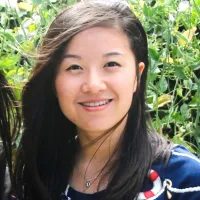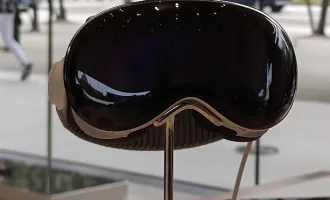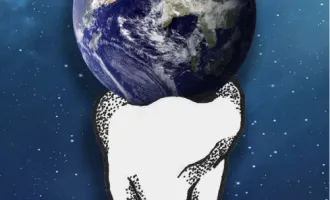What It Means To Be a Dental Student
I am a first year dental student, and all first year students at UCSF are required to participate in the Interprofessional Education Curriculum (IPE). For one of the exercises I teamed up with a medical and a nursing student to interpret a patient’s note written by a pharmacist. The conversation went something like this:
“The patient has had two CABG and is currently taking statin and albuterol,” said the nursing student. “Yes the patient has hyperlipidemia and asthma. Have you guys learned this stuff yet?” The medical student asked me. I replied, “We just finished lipid metabolism this past week, so I am still slow on picking up these terms.”
“Oh! Cool. What do you guys learn in dental school anyways? I have no idea.” “Yeah I wondered that too. I wasn’t sure if you guys needed to know these for dentistry,” the nursing student said.
What I concluded from that IPE session was that there is still a big misconception about dentistry being entirely a technical field, not only among the general public but also within healthcare professions. People see dentists as technicians who just drill, fill, and bill patients, and pull out teeth whenever they hear the word “toothache.” We are seen as a very isolated profession, both anatomically and professionally - our activities are bounded within the mouth, while we also have limited interaction with the other healthcare professions.
So it was no surprise that the other graduate students were curious, as I would like to think, about what us dental students learn in dental school. And I would love to enlighten anyone who is inquisitive by busting these myths about dental students.
Myth #1: Dental students only learn how to drill the teeth.
The irony about dental school is that even though we are learning how to use the drill, we are also taught to avoid using it. We are taught to practice conservative dentistry, by examining and treating the underlying cause of the disease before removing any decayed tooth structure. For example, caries is a disease that results in carious lesion (cavity) in the mouth. To treat cavities, a dentist must evaluate various components of the patient’s past medical history and current health status, formulate a plan to treat the underlying invasion of cariogenic bacteria, if necessary, and then finally decide whether or not to treat the cavity.
Myth #2: Dental students only need to learn the anatomy of the tooth.
In addition to learning tooth morphology, we also learn the anatomy of the head and neck region through cadaver dissection during fall quarter of first year. During the winter and spring quarters we cover immunology, microbiology, physiology, pathology, histology, pharmacology, and neurobiology. The curriculum at UCSF puts equal emphasis on biomedical sciences and dental sciences to train dental students into well-rounded healthcare professionals. This knowledge helps to build a strong, science-based foundation for clinical experience during our third and fourth year.
Myth #3: Dental students are only trained to recognize cavities.
One’s oral health is a direct reflection of their systemic health. In addition to oral conditions and diseases, there are also many systemic conditions and diseases that present clinical symptoms in the mouth. We are trained to recognize those symptoms through intra-oral and extra-oral examination. We are also training to be healthcare educators. We evaluate oral hygiene habits of our patients and educate them on proper oral hygiene techniques.
So the answer to the questions is, yes, we do need to know what disease the drugs treat and how the human body works. This knowledge will help us think like healthcare providers, and recognize the importance of evidence-based practice as science and technology continue to move dentistry forward in the future.



